USA and Manifest Destiny
Anand’s Ted X talk at IIT Kanpur (not aired so far)
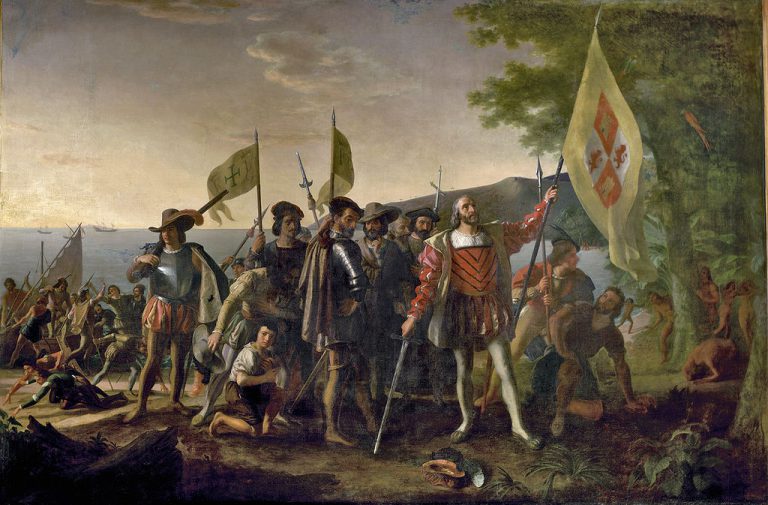
Discovery
When Columbus and Europe “discovered” the Americas in 1492, they thought they had landed in India. For the indigenous people they called “Indians”, the world would never be the same again. Four centuries later, the native population of North America had reduced from 12 million to 237 thousand, a decrease of 95%.
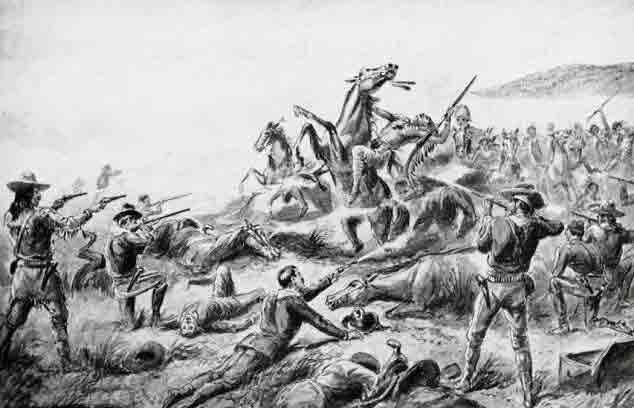
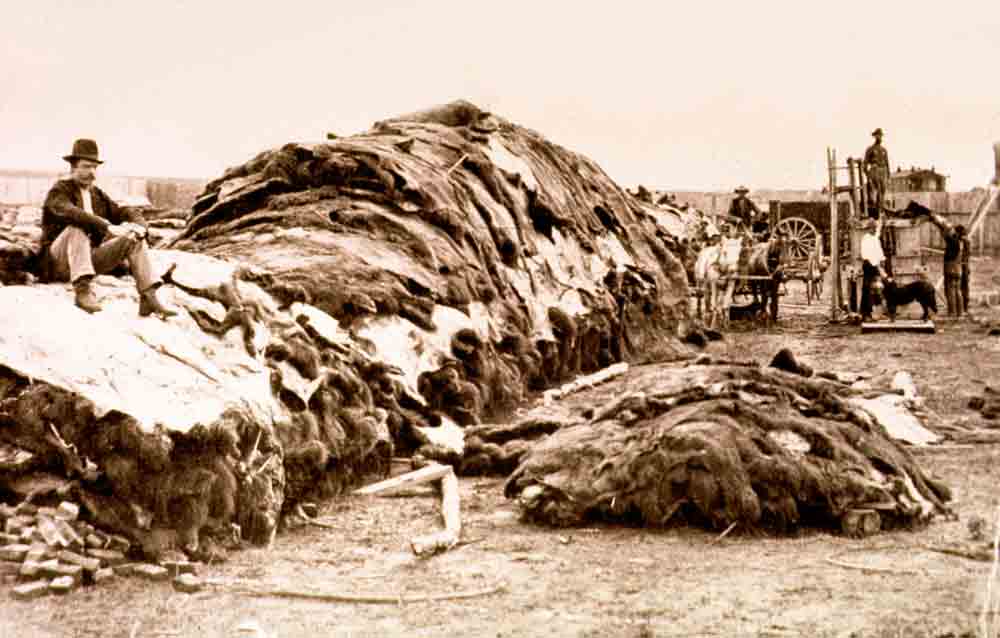
This genocide, for no other word would be accurate, was achieved by a combination of factors like war and massacre, land capture and forced displacement, the deliberate decimation of the buffalo – food supply of many native tribes, and most tellingly, by the spread of diseases like smallpox, influenza, and the plague that were unknown before the arrival of the Europeans.
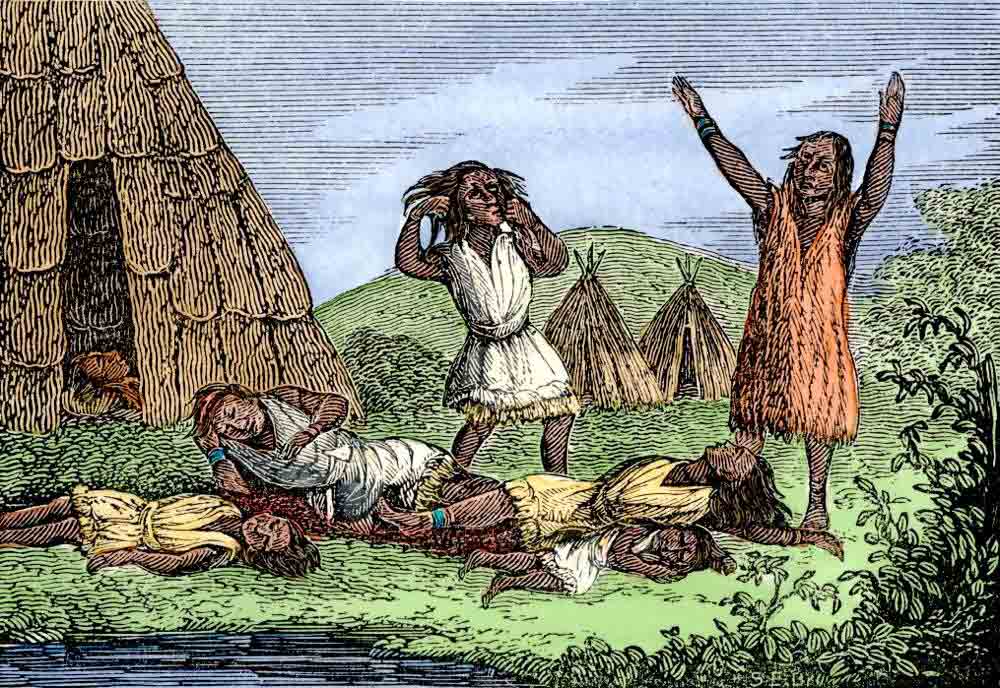
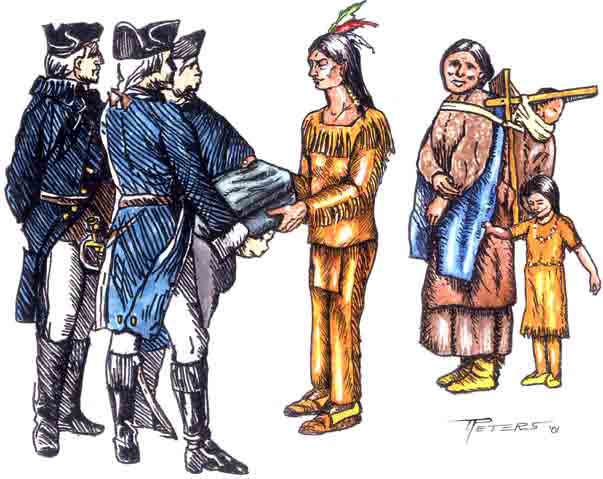
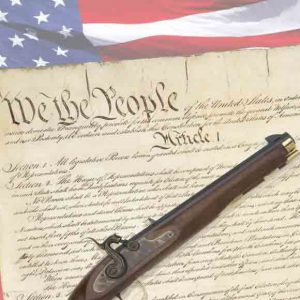 At least on one documented occasion a white army officer deliberately introduced smallpox through “gifts” of infested blankets. It was perhaps the world’s first use of germ warfare. Elsewhere, bounty hunters were paid for native scalps, right into the 19th century.
At least on one documented occasion a white army officer deliberately introduced smallpox through “gifts” of infested blankets. It was perhaps the world’s first use of germ warfare. Elsewhere, bounty hunters were paid for native scalps, right into the 19th century.
After the white settlers rebelled against the colonial powers that had fostered them, the United States of America was born in July, 1776.
What followed was territorial expansion, achieved primarily through the gun. Small wonder then that the frontier mentality, epitomized by the right to possess and bear firearms, is written into the American Constitution.
Slavery
The birth story of the USA is incomplete without the story of slavery. From the 16th century onwards Africans were captured and shipped to the Americas. Those who survived the merciless journey were sold into slavery in tobacco and cotton plantations and as domestics.
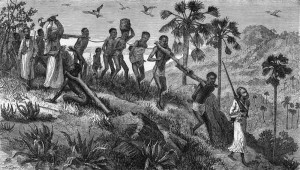
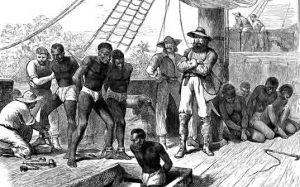
Historians estimate that 6 to 7 million slaves were imported into America in the 18th century alone. All this was justified in the name of God and Country and it became popular to believe that it was America’s Manifest Destiny to lead the old world to democracy and prosperity.
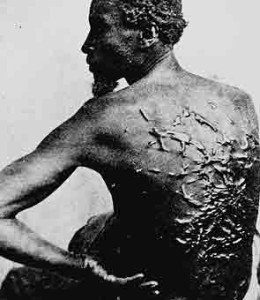
The Great Depression
By the early 20th century automation and new assembly line techniques first introduced by Henry Ford
and adopted by others dramatically increased industrial productivity. As countless cars and other industrial products rolled off the assembly lines daily, supply completely outstripped demand.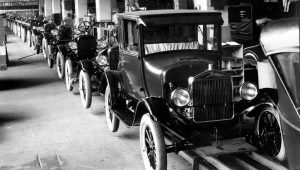
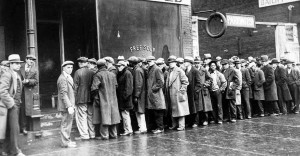 The Great Depression as it came to be known was primarily a crisis of overproduction. As workers lost their jobs due to automation, buying power shrunk and unsold goods rotted in warehouses.
The Great Depression as it came to be known was primarily a crisis of overproduction. As workers lost their jobs due to automation, buying power shrunk and unsold goods rotted in warehouses.
Ironically it was the Second World War that saved the economy by creating limitless demand. The USA with its vast and fast productive industry began to manufacture and sell equipment for the war effort.
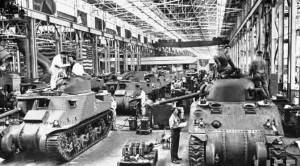
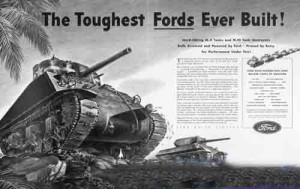 Between 1940 and 1945, the state’s military expenditures share of the GNP rose from 1.5% to 40%. America also advanced huge amounts of equipment to its war allies, specially the British and the Soviets.
Between 1940 and 1945, the state’s military expenditures share of the GNP rose from 1.5% to 40%. America also advanced huge amounts of equipment to its war allies, specially the British and the Soviets.
Meanwhile in Germany, the subsidiaries of many American corporations like Ford, General Motors and ITT produced planes, tanks and hardware for the Nazis.
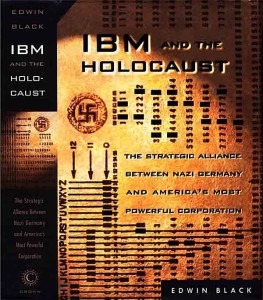 IBM’s early technology was infamously used in Nazi death camps.
IBM’s early technology was infamously used in Nazi death camps.
The Great Depression ended when the war brought jobs to all Americans. It also brought unprecedented profits to the country’s biggest businessmen and corporations.
 Less than 60 firms obtained 75 per cent of all lucrative military state orders. Washington borrowed from rich business people, bankers, and insurers to fund the war and the public debt increased from 3 billion dollars in 1939 to over 45 billion dollars in 1945.
Less than 60 firms obtained 75 per cent of all lucrative military state orders. Washington borrowed from rich business people, bankers, and insurers to fund the war and the public debt increased from 3 billion dollars in 1939 to over 45 billion dollars in 1945.
This debt could have been reduced by levying taxes on the huge profits pocketed during the war by America’s big corporations, but the state instead, levied direct and indirect taxes on workers and other low-income Americans.
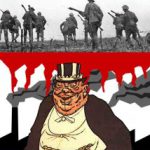 Affluent America quickly learnt the lesson that during a war there is lots of money to be made.
Affluent America quickly learnt the lesson that during a war there is lots of money to be made.
Nuclear Weapons
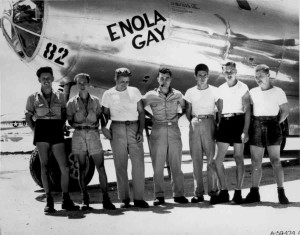
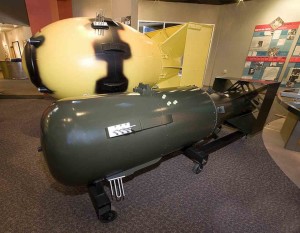
Meanwhile the war machine was rolling on. As the war drew to a close, the USA produced the world’s first atomic weapons to counter Hitler who was also trying to build them. The problem was that Germany had just surrendered and Japan was about to surrender.
The US military had tested the Atom Bomb in an unpopulated desert in Nevada. It now wanted to see what the Bomb could do to human beings. Two nuclear weapons needed testing, one Uranium based, and the other Plutonium based. So first Hiroshima and then Nagasaki were bombed.
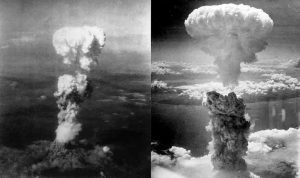
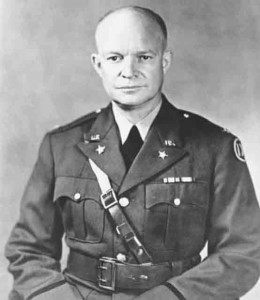
Many scientists had opposed the Atom bomb being dropped on Japan. Some military leaders including General Eisenhower who later became US President, opposed the bombing because it was both unnecessary and would spoil relations with America’s war ally, the Soviet Union, which was poised to enter Japan to effect its surrender.
The bombing of Hiroshima and Nagasaki effectively began a Cold War between USA and the Soviet Union.
The Communist Enemy
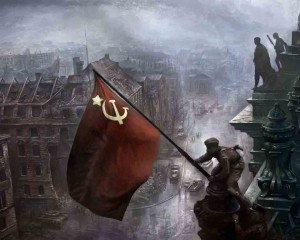 The Soviet Union had been instrumental in the defeat of Nazi Germany and its people had paid the greatest price in terms of lives and materials. There was no reason to convert this ally into an enemy except for the needs of big capital. 43. American corporations that had made huge profits during the war feared an economic slowdown and the Cold War came in handy to keep the military industry running at full speed.
The Soviet Union had been instrumental in the defeat of Nazi Germany and its people had paid the greatest price in terms of lives and materials. There was no reason to convert this ally into an enemy except for the needs of big capital. 43. American corporations that had made huge profits during the war feared an economic slowdown and the Cold War came in handy to keep the military industry running at full speed.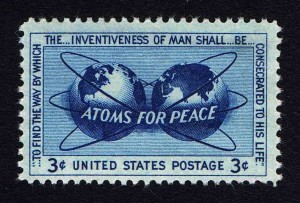
President Eisenhower, realizing that the world looked down on America for having dropped the Atom bomb, presented nuclear energy as a positive contribution to the world and launched the “Atoms for Peace” program. Ironically this is what spread nuclear technology to many parts of the world, including India.
Military Industrial Complex
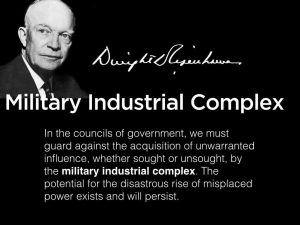 In 1961 in his last days as President Eisenhower’s conscience seems to have troubled him again. He warned the nation about the growing influence of corporations combining with the military and coined the term “military-industrial complex”. It was both an apt description and a prophecy.
In 1961 in his last days as President Eisenhower’s conscience seems to have troubled him again. He warned the nation about the growing influence of corporations combining with the military and coined the term “military-industrial complex”. It was both an apt description and a prophecy.
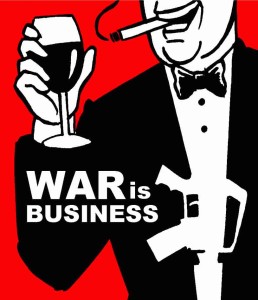
In time the tentacles of this complex would extend far beyond the military, to touch research, energy, health, agriculture, entertainment, electronic and print journalism and many other fields.
By now corporations had morphed into multi-nationals larger in outlay than many national economies, and their direct links to the military made war permanently profitable and so, permanently desirable.
Communist Enemy
As one enemy was quelled, another quickly rose to take its place in the relay race, with no baton ever being dropped. Nazi Germany and Japan were replaced by the bogey of Communism.
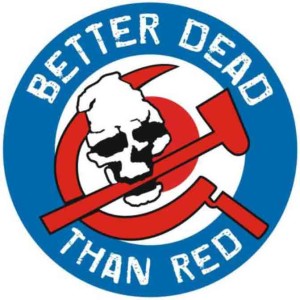 From 1945 till the Soviet Union collapsed in 1991 the Red Menace was it. Every arms hike, every war and every secret spending spree was justified in its name. Untold atrocities were committed to kill millions of supposed communists in Asia, Latin America and Africa.
From 1945 till the Soviet Union collapsed in 1991 the Red Menace was it. Every arms hike, every war and every secret spending spree was justified in its name. Untold atrocities were committed to kill millions of supposed communists in Asia, Latin America and Africa.
The bombs dropped by the USA on the tiny country of Viet Nam alone far exceeded all the fire-power used in the Second World War.
The mayhem did not always directly involve the US military.
Many atrocities were carried out remotely by arming and abetting dictators, like Suharto in Indonesia and Pinochet in Chile.
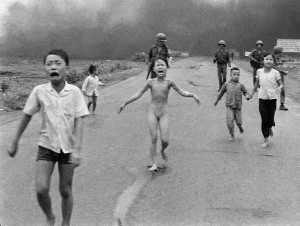
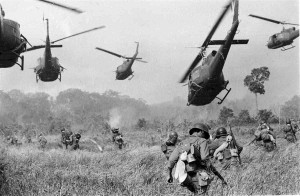
The creation of Israel was another fallout of World War Two. 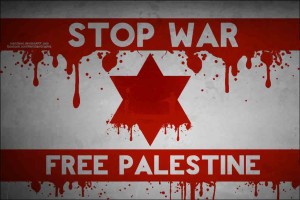 Instead of carving a Jewish homeland out of Germany, which had perpetrated the Holocaust, American and British complicity created Israel by displacing Palestinians from their lands in the name of the Old Testament! The Middle East became yet another theatre for permanent crisis and permanent war.
Instead of carving a Jewish homeland out of Germany, which had perpetrated the Holocaust, American and British complicity created Israel by displacing Palestinians from their lands in the name of the Old Testament! The Middle East became yet another theatre for permanent crisis and permanent war.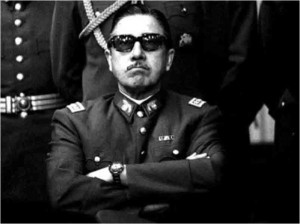
Invoking Islamic Jihad
Historically Afghanistan had good relations with Russia. The Soviet friendly government of Afghanistan is still remembered by many as a time when women walked and worked freely without veils, and music and the arts flourished, as religion took a back seat.
The USA began covert operations to arm Islamic rebels in the region to overthrow the pro-Soviet government. When the Soviets entered Afghanistan to defend its ally, the USA began a proxy war by arming and training Islamic warriors from many parts of the world who gathered in neighboring Pakistan.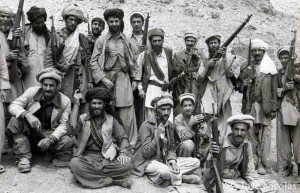
.
One of these was Osama Bin Laden. It was the birth of al Qaeda and the Taliban.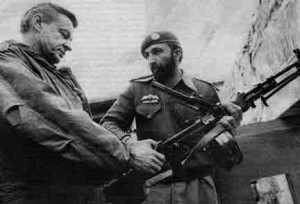
Unprecedented US military and economic aid propped up Pakistan’s military ruler Zia ul Haq who in turn imposed Islamic laws and crushed all dissent.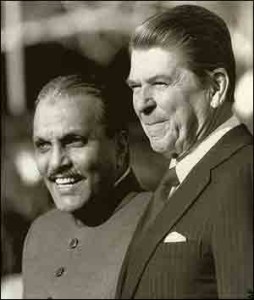
The region of Pakistan that borders Afghanistan was soon turned into a massive training camp for jihad against “godless communists”.
While war boosted the privatized American industry and its huge military exports, it did the opposite to socialist bloc countries whose public sectors were drained.
In 1986 Soviet Premier Gorbachev began significant disarmament treaty talks with US President Reagan. Reagan signed, but started Star Wars, a program to militarize Outer Space.
The Berlin Wall came down and in 1991 the Soviet Union collapsed, exhausted by the Afghan war.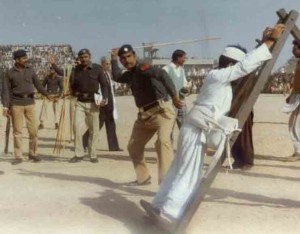
The Rogue Element
As the Cold War ended, a new enemy was desperately needed.
Even James Bond movies felt the vacuum. After a long gap, in the first post-Cold War Bond movie, big bad commies are replaced by mercenaries and individual rogue elements.
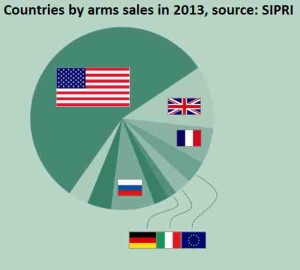 In 1990 one such rogue who presented himself by invading Kuwait was Iraq’s Saddam Hussain.
In 1990 one such rogue who presented himself by invading Kuwait was Iraq’s Saddam Hussain.
Saddam had been armed by the USA during a long and exhausting war against Iran. Saddam attempted to negotiate a peaceful withdrawal from Kuwait with his former allies. But President George Bush Sr. and his neo-conservative friends, deeply invested in the war industry, would have none of it.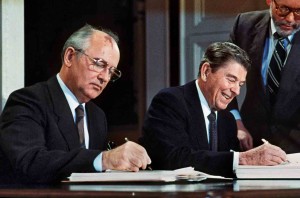
The First Gulf War was a one sided massacre where the latest in modern weaponry was used on the Iraqi army and civilians. The weapons included depleted uranium, which caused radiation deaths long after the war ended. Saddam’s army was decimated but the USA led coalition inexplicably stopped short of Baghdad without dethroning him. Obviously the precious enemy was being preserved for another day.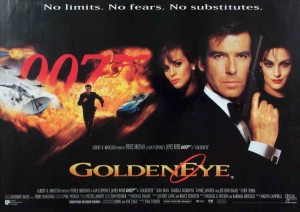
In September 2001 the World Trade Center was demolished in suicide attacks using commercial airliners. 14 of the 19 attackers on board the planes were from the Wahabi kingdom of Saudi Arabia, America’s greatest ally, and chief financier of the First Gulf War. There were no Iraqi or Afghan attackers.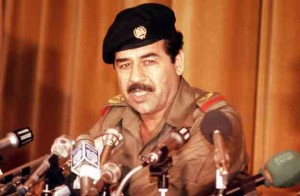
Without mentioning Saudi Arabia, America avenged itself by bombing and invading Afghanistan, ostensibly to eliminate its former ally, Osama bin Laden.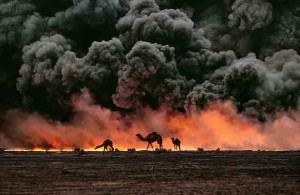
Osama escaped to Pakistan and remained miraculously hidden for over a decade. The enemy vacuum was doubly filled.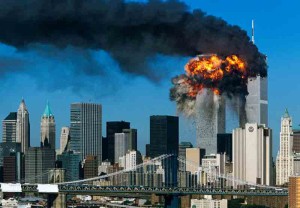
The opportunity to go to war with Saddam Hussain again came in 2003 when US President Bush Jr. and UK Premier Tony Blair falsely declared that Saddam had weapons of mass destruction. 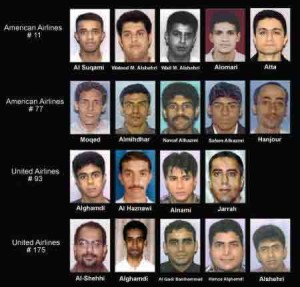 After massive US bombings, a full-scale invasion was launched.
After massive US bombings, a full-scale invasion was launched.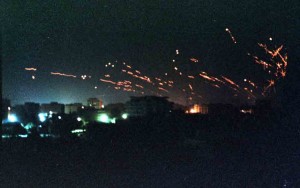
Saddam who was never an Islamic fundamentalist was overthrown and executed and in the next decade Iraq was torn apart by terror.
A bloody war against US led occupation forces gave way to a sectarian war between Shias and Sunnis.
Out of all the bloodshed and perhaps brutalized by US torture in prisons like Abu Gharib, a new macabre force eventually came into being – the Islamic State of Iraq and Syria, or ISIS.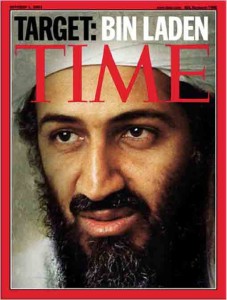 ISIS was a response to US occupation. But there is also evidence of US politicians like John McCain hobnobbing with al Qaeda and ISIS fighters in Syria, just as US politician Charlie Wilson had done decades ago in Afghanistan.
ISIS was a response to US occupation. But there is also evidence of US politicians like John McCain hobnobbing with al Qaeda and ISIS fighters in Syria, just as US politician Charlie Wilson had done decades ago in Afghanistan.
Peak Oil
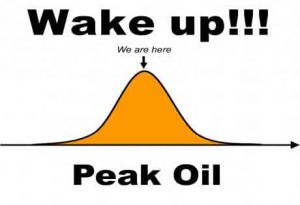 I have not talked about that other great need for war – the capture of natural resources. I could speak of depleting water and minerals but I’ll concentrate on oil.Oil is used not just for transportation but in almost every conceivable industrial product. In a mere 150 years after the Industrial Revolution we have consumed more than half the available oil supply on the planet.
I have not talked about that other great need for war – the capture of natural resources. I could speak of depleting water and minerals but I’ll concentrate on oil.Oil is used not just for transportation but in almost every conceivable industrial product. In a mere 150 years after the Industrial Revolution we have consumed more than half the available oil supply on the planet.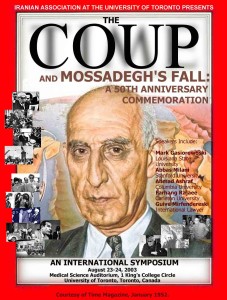
From 1913 Iran’s oil was controlled by a company that later became BP, British Petroleum. After Mossadegh’s democratically elected, secular government of Iran nationalized oil in 1953, Mossadegh was overthrown by the CIA and Britain’s MI6.
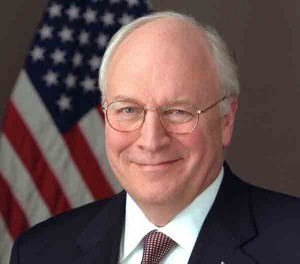
Saddam Hussain had nationalized Iraq’s oil. Today, after his overthrow, it is dominated by ExxonMobil,Chevron, BP and Shell and serviced by companies like Halliburton, the firm headed by Dick Cheney before he became US Vice President in 2000.
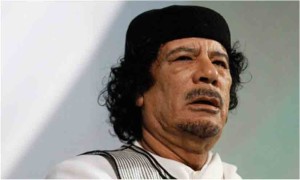 Gaddafi of Libya had announced in 2009 that he would nationalize oil and share oil profits with his people. He was overthrown and killed in 2011 by Islamic militants covertly supported by NATO.
Gaddafi of Libya had announced in 2009 that he would nationalize oil and share oil profits with his people. He was overthrown and killed in 2011 by Islamic militants covertly supported by NATO.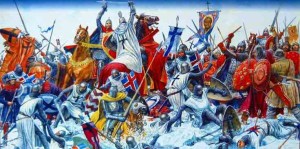
Breaking free
Islamic Jihad had ended with the Crusades. It was revived in the 20th century by those who had nothing to do with Islam.
If the jihadis of today realize who they have unwittingly served, perhaps it could set them free.
Most Americans still believe that their nation is a force for good that it polices the world to spread democracy and human rights, it does business to spread prosperity.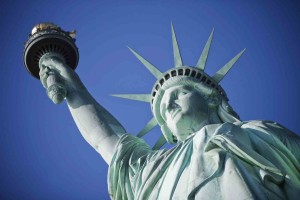
The cultural hegemony of Hollywood and TV spreads this message worldwide. But we in India need only to look at what America did to Pakistan to be chastised, and to set ourselves free.
There is another side to America. An America that produced Abraham Lincoln, Mark Twain, Martin Luther King, Pete Seeger and Noam Chomsky.
I witnessed this America in 1971 as a student. During anti-Viet Nam war protests, I went to jail along with my American professors. It was the lesson that set me free.
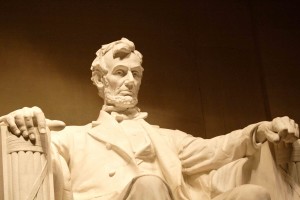
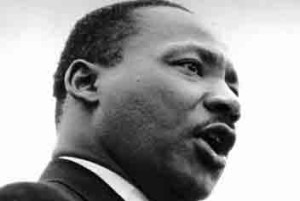

Anand Patwardhan
April 2015